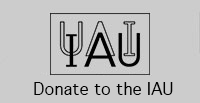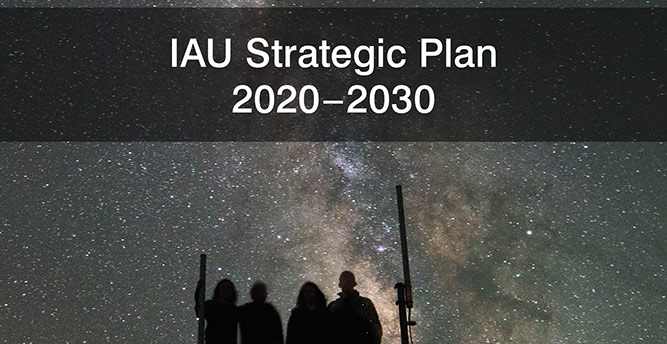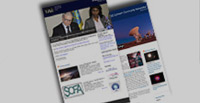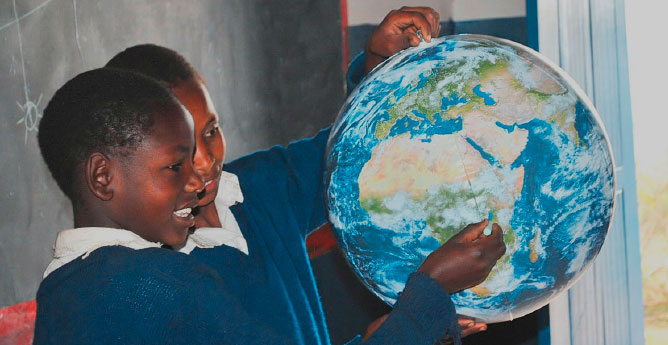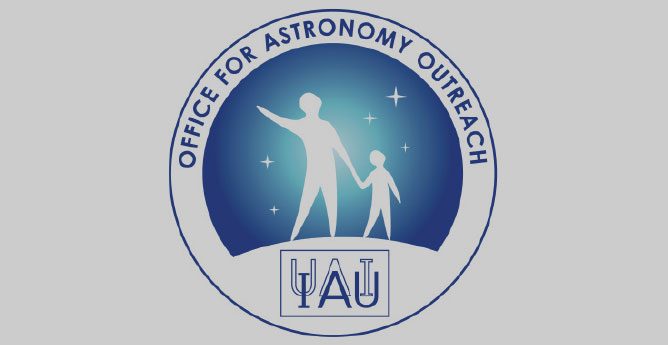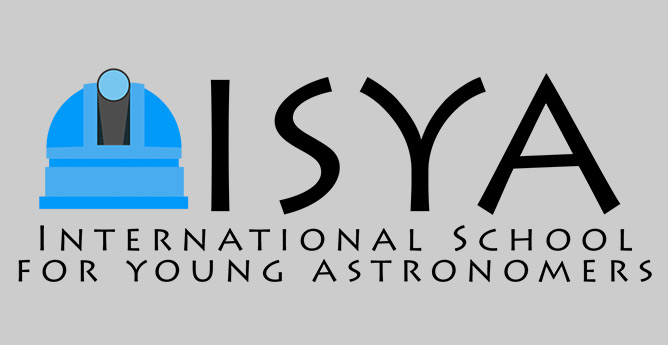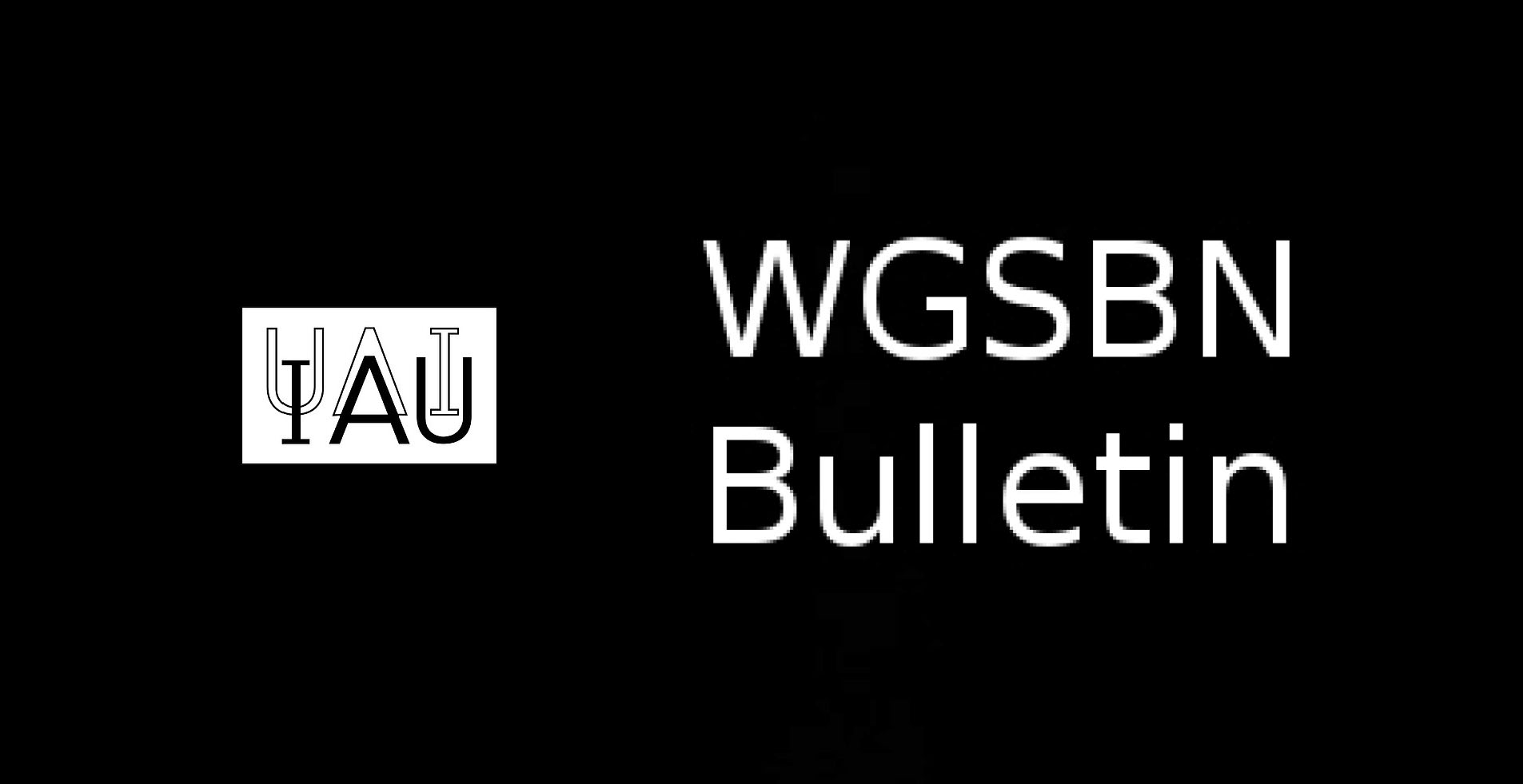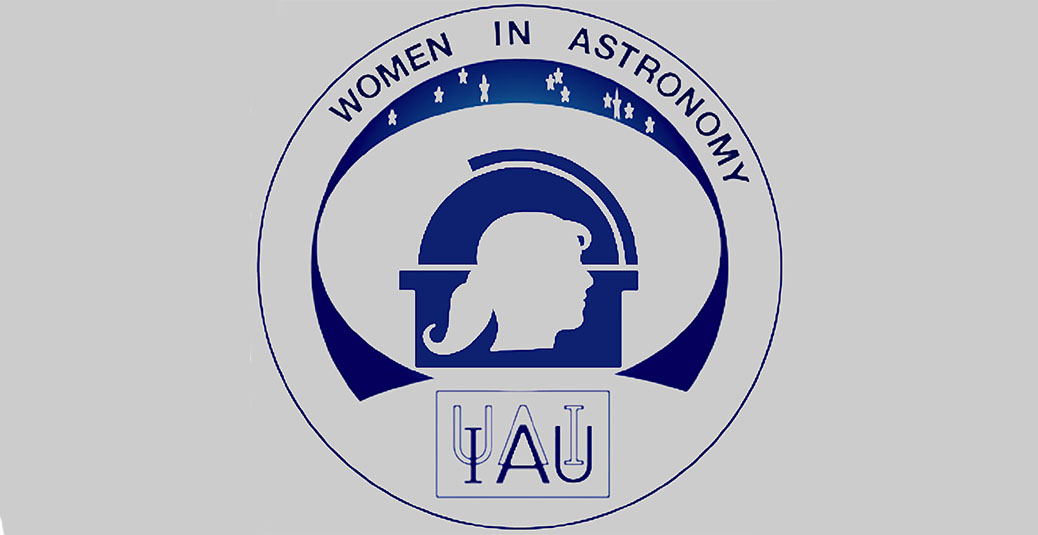- News
- Science
- Scientific Bodies
- Divisions
- Commissions
- Commission A1 Structure
- Commission A2 Structure
- Commission A3 Structure
- Commission A4 Structure
- Commission B1 Structure
- Commission B2 Structure
- Commission B3 Structure
- Commission B4 Structure
- Commission B5 Structure
- Commission B6 Structure
- Commission B7 Structure
- Commission C1 Structure
- Commission C2 Structure
- Commission C3 Structure
- Commission C4 Structure
- Commission C5 Structure
- Commission D1 Structure
- Commission E1 Structure
- Commission E2 Structure
- Commission E3 Structure
- Commission E4 Structure
- Commission F1 Structure
- Commission F2 Structure
- Commission F3 Structure
- Commission F4 Structure
- Commission G1 Structure
- Commission G2 Structure
- Commission G3 Structure
- Commission G4 Structure
- Commission G5 Structure
- Commission H1 Structure
- Commission H2 Structure
- Commission H3 Structure
- Commission H4 Structure
- Commission J1 Structure
- Commission J2 Structure
- Commission J3 Structure
- Commission X1 Structure
- Commission X2 Structure
- Past Commission Organising Committees
- Working Groups
- Centres
- Scientific Meetings
- Rules & Guidelines
- General Assemblies
- Meeting Proposals
- Future IAU Meetings
- General Assemblies
- EC Meetings
- Officers' Meetings
- Regional Meetings
- Symposia
- Focus Meetings
- Institutional Meetings
- IAU Offices Meetings
- IAU-Sponsored Meetings
- Letters of Intent submitted for 2024
- Letters of Intent submitted for 2023
- Letters of Intent submitted for 2022
- Letters of Intent submitted for 2021
- Letters of Intent submitted for 2020
- Past IAU Meetings
- Templates
- Other Meetings
- Grants & Prizes
- Scientific Bodies
- Publications
- IAU Publications
- IAU Strategic Plan
- Symposia
- WGSBN Bulletins
- Regional Meetings
- Information Bulletins/Catalyst
- E-Newsletters
- Focus Meetings
- Transactions A
- Transactions B
- Related Publications
- GA Newspapers
- CAPjournal
- IAU Books
- Brochures
- IAU Offices
- WG Reports
- Commission Reports
- Division Reports
- Past IAU Publications
- Rules, Guidelines and Instructions for Proceedings
- Publishers
- IAU Publications
- Administration
- About the IAU
- Statutes & Rules
- IAU Policies
- IAU Executive Bodies
- IAU Secretariat
- Resolutions
- Members Administration
- Administrative Dates & Deadlines
- International Organisations Relations
- Donate to the IAU
- Training in Astronomy
- Astronomy for Education
- Astronomy for Development
- Astronomy for the Public
- Office for Astronomy Outreach
- FAQ
- Themes
- Satellite Constellations
- Astronomy in Everyday Life
- How to Report a Discovery
- Careers in Astronomy
- Defining our Place in the Cosmos
- The Constellations
- Light Pollution
- Measuring the Universe
- Near Earth Objects
- How to Participate in Astronomy Research
- Naming of Astronomical Objects
- Naming of Exoplanets
- Buying Star Names
- Naming Stars
- Pluto and the Solar System
- IAU Member Statistics
- Our Moon: the Moon
- Meteors & Meteorites: The IAU Definitions of Meteor Terms
- UNESCO-IAU Portal to the Heritage of Astronomy
- Social Media
- Past Events
- Call for Online Resources
- Astronomy@Home Awards
- Contact
D1 – Commission D1 Gravitational Wave Astrophysics
Description
The IAU Commission on Gravitational Wave Astrophysics covers all areas of ground and space instrument to measure gravitational waves, theory and modeling. The next ten years will see major steps forward in the search and detection of gravitational waves, as the field transitions from one dominated by instrumentation development to one whose core is focused on astrophysics. LIGO and Virgo will begin operating their advanced detectors by 2017 with sensitivity to detect NS binary mergers to 150 Mpc and by 2020 to 200 Mpc. The detection rate is estimated to be tens of events per year. At the same time, the International Pulsar Timing Array will be observing a sufficient number of millisecond pulsars with accurate enough timing observations to begin detecting binary supermassive black holes in very low frequency gravitational waves. The LISA Pathfinder mission will launch in 2015 and demonstrate the drag-free control and laser interferometry technologies needed for ESA’s planned eLISA mission, which will see gravitational waves detected from a host of galactic and extragalactic objects.
History:
There is great benefit in observing gravitational-wave sources in all bands of the electromagnetic spectrum with ground and space telescopes, and already a number of astronomers are preparing for joint observations with the various gravitational wave detectors. The process of integrating gravitational wave observations into mainstream astronomy will require both sides to learn about the other’s capabilities and needs. Electromagnetic astronomers will need to learn about the capabilities and limitations of source localization with gravitational waves and the time needed for validating detections. Gravitational wave astronomers will need to learn the community’s standards for providing alerts and for describing sources. The goal is to maximize the scientific return from gravitational wave observations by fostering open and effective communication. This Commission is providing the forum to bring these diverse communities together to share their expertise and to plan for future observations and interactions.
Activities:
Specific activities are as follows. We propose to organize an IAU Symposium during the first 3 years on the interrelation between gravitational wave astrophysics and general astronomy. The Symposium will be organized by the Commission Organizing Committee. Another activity will be to implement a commission web page where information will be shared among our communities on topics such as meetings, news updates, job opportunities, science schools, instrument observing plans and proposal deadlines.
Work Plan:
The work plan of the Commission is as follows:
1) To expand knowledge of gravitational-wave astrophysics to the broader IAU community. This could be achieved in part through the Symposium and in part through the commission webpage.
2) To stimulate and support cross-disciplinary exchanges and discussions among astronomers and gravitational-wave physicists, in order to share expertise and to maximize the science return of the gravitational-wave detections. This could be achieved by promoting workshops focused on data analysis and astrophysical interpretation of multi-messenger observations.
3) To develop and strengthen the connection between gravitational-wave detectors and electromagnetic observatories by supporting common programs of observations, and information and data sharing.
4) To support education and development of young researchers working on or interested in gravitational-wave astronomy. This will be achieved by promoting schools, spreading information on fellowship opportunities and supporting outreach initiatives.
5) To start initiatives with the goal to increase the participation of gender and under-represented minorities in the field of gravitational-wave astronomy.
6) To promote broad participation in the commission, with the goal to grow the membership of the commission to 300 by the end of the first 3 years.
Relationship to GWIC:
The development of increasingly capable gravitational wave detectors is an active research area of physics. Communication within the community of instrumental laboratories is currently facilitated by the GWIC, Gravitational Wave International Committee (Working Group 11 of the International Union of Pure and Applied Physics, a fellow organization of IAU under the International Council of Scientific Unions). Although our emphasis on astrophysics is complementary to the instrumental emphasis of GWIC, the improved facilities that are the domain of GWIC will play an important role in the early years of gravitational wave astrophysics. To ensure effective communication with GWIC, we propose that the new commission and GWIC have cross-representation on each other’s leadership committee. GWIC has accepted this proposal and has agreed to accept a representative from the new Commission as a full member. We propose to ensure that a member of GWIC serves on the Commission Organizing Committee.
Commission Web Page
Commission Members (235)
Under Division
Division D High Energy Phenomena and Fundamental Physics

Monica Colpi
University of Milano Bicocca
Department of Physics G. Occhialini
Piazza della Scienza 3
20126 Milano
Italy
Phone: +39 0264492357
Organization website: https://www.unimib.it/monica-colpi
NCA adherence: Italy
Last updated:
November 20, 2023

Daniel Holz
University of Chicago
Physics
5640 S. Ellis Ave.
Chicago 60637
Illinois (IL)
United States
Personal website: http://danielholz.com
Organization website: http://uchicago.edu
NCA adherence: United States
Last updated:
April 10, 2024
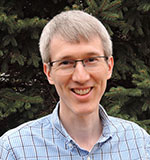
Peter Sven Shawhan
The University of Maryland
Physics Department
Physical Sciences Complex
4296 Stadium Drive
College Park 20742-2440
Maryland (MD)
United States
Phone: +1 301-405-1580
Personal website: http://umdphysics.umd.edu/people/faculty/current/item/472-pshawhan.html
Organization website: http://umdphysics.umd.edu/
NCA adherence: United States
Last updated:
November 20, 2023
Organizing Committee
Search Scientific Bodies
